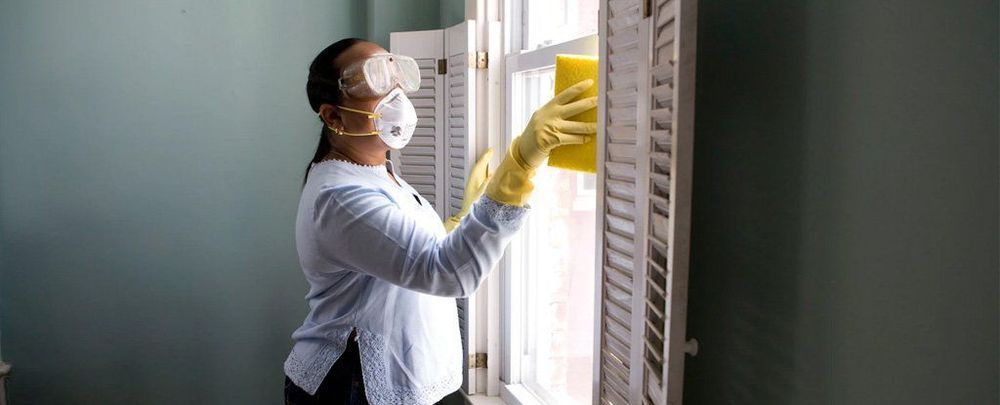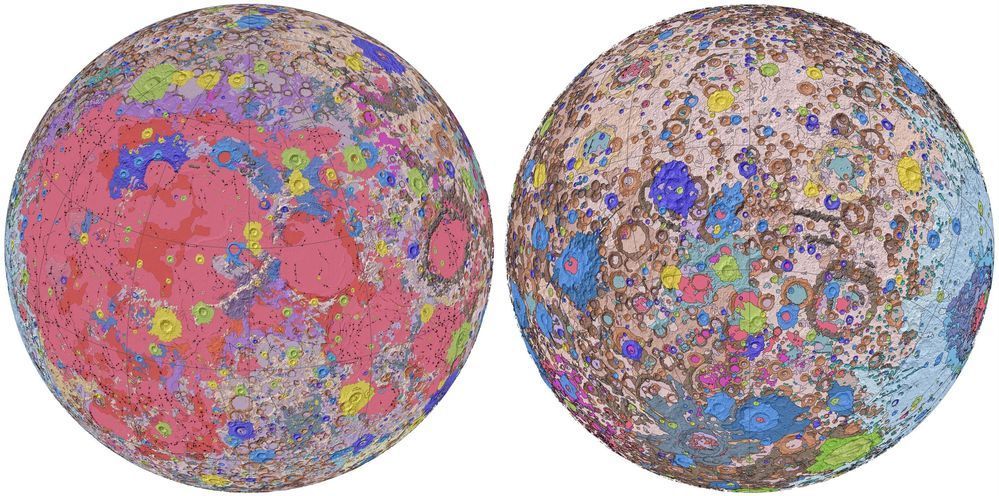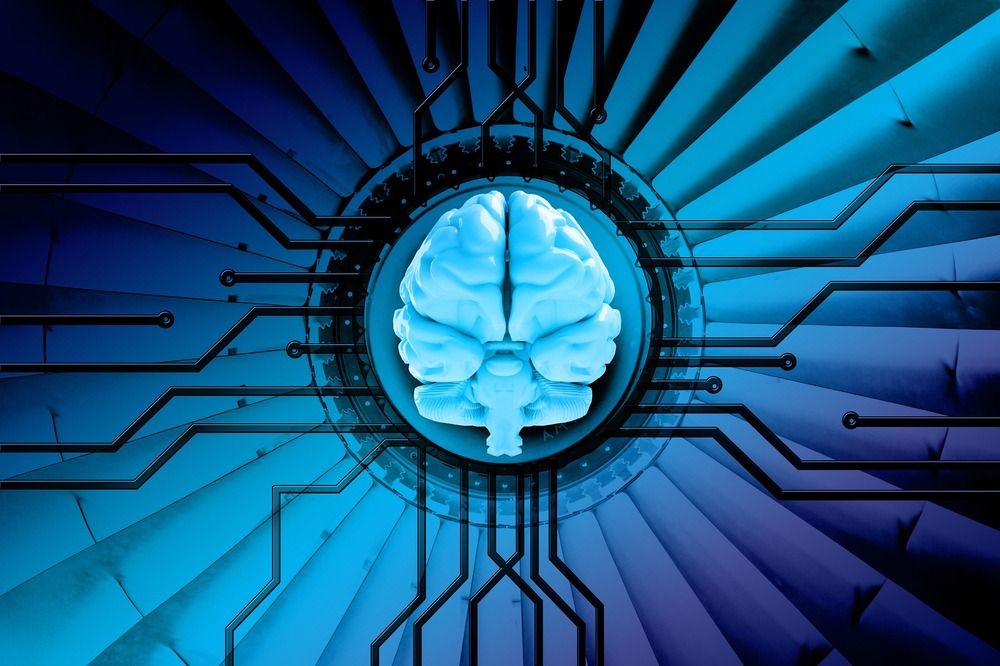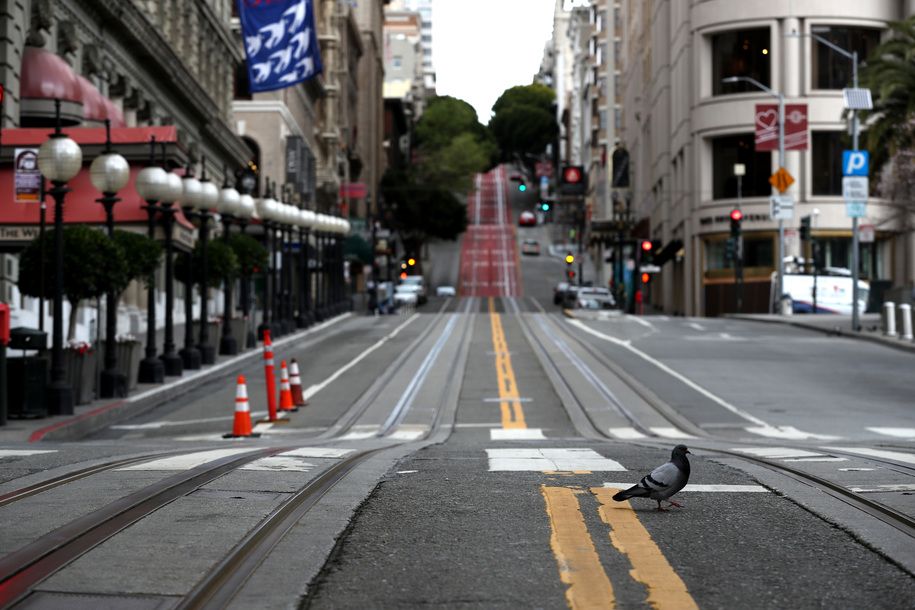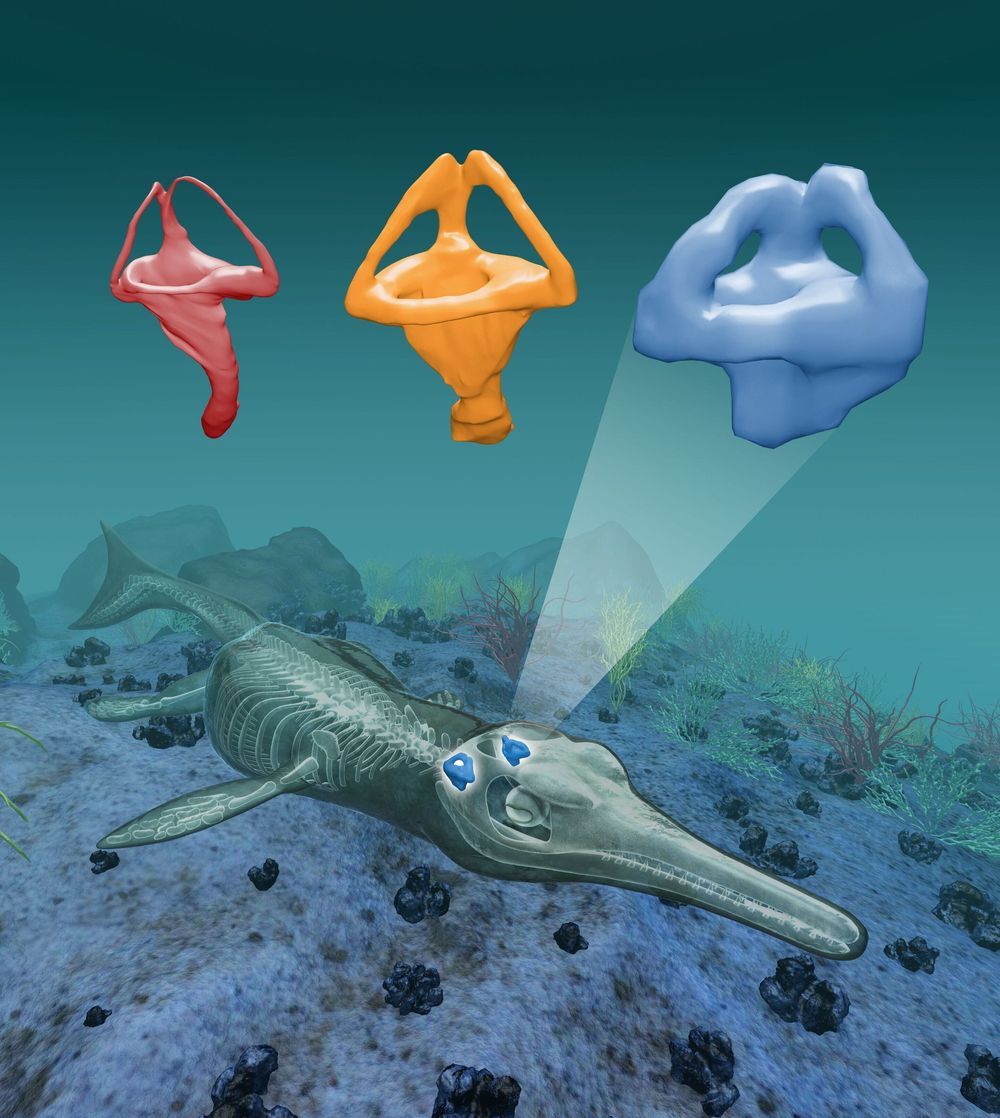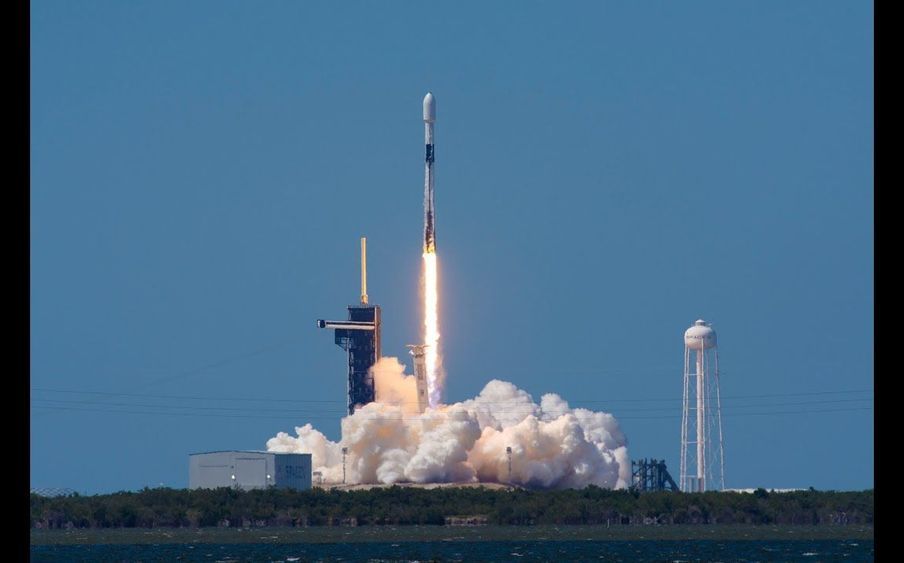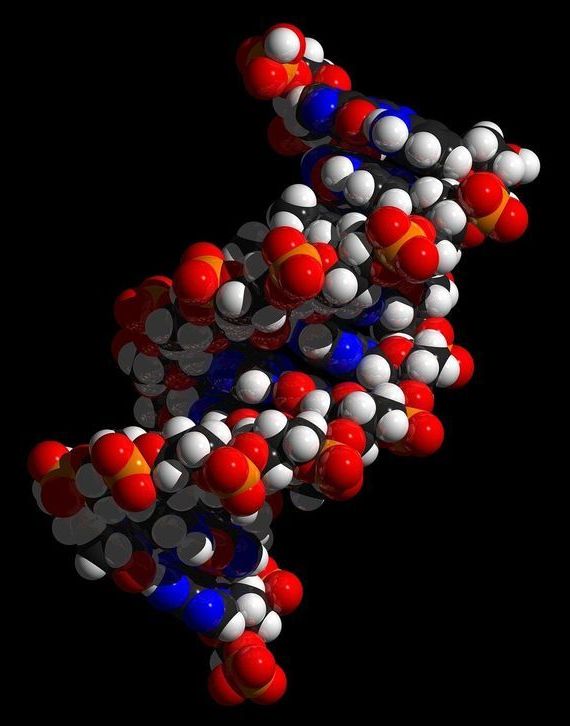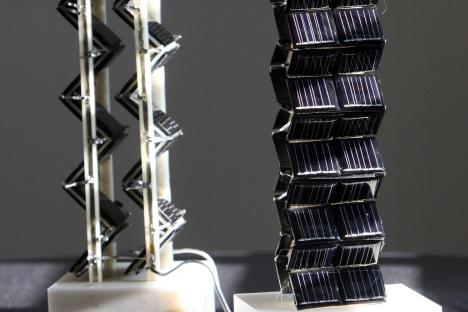Apr 22, 2020
Cleaning Products Can Kill The COVID-19 Virus. Here’s What to Use in Your House
Posted by Quinn Sena in category: biotech/medical
COVID-19 has only been around for a few months, so at this point scientists don’t know that much about it. But more is being learned every day.
We now know, for example, it can live on surfaces for up to nine days and survives in the air for a few hours. We also now know that the virus particles are shed through saliva and fluids coughed up from the lungs. And that the virus can also be shed from our faeces.
It’s easy for an infected person to spread the virus particles through coughing, touching other people or leaving the virus on surfaces.
